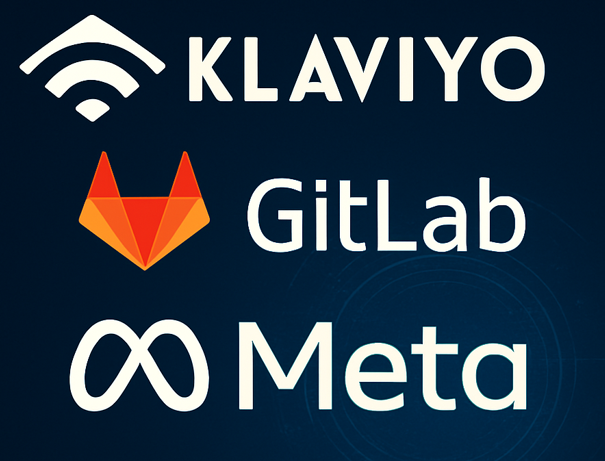Themes - DeepSeek, Kimi, and AI Efficiency (Pt.4)

Summary
- Moonshot’s Kimi 1.5 demonstrates that China’s top labs are independently achieving frontier-level AI capabilities, weakening claims that Chinese models rely on OpenAI's IP.
- Kimi 1.5's complex DPO-based approach delivers strong performance and unique features, though DeepSeek’s simpler GRPO method remains more cost-efficient and accessible.
- Alibaba (BABA), as Moonshot’s primary backer, stands to benefit the most from Kimi’s success, making it the best publicly traded proxy for Chinese AI progress.
Executive Summary
The release of Moonshot AI’s Kimi 1.5 offers further evidence that China’s leading AI labs — particularly DeepSeek and Moonshot — have achieved frontier-level reasoning capabilities through independent innovation. The notion that DeepSeek reverse-engineered or copied OpenAI’s models has circulated widely, but Kimi 1.5 significantly undermines that narrative. It demonstrates that a separate, engineering-intensive path—based on a distinct training architecture and the use of DPO — can deliver performance comparable to DeepSeek R1 and OpenAI’s o3. Notably, Kimi 1.5 adds practical advantages such as native image understanding and efficient short CoT capabilities.
OpenAI’s recent decision to expose intermediate reasoning tokens in its models (starting with o3 mini) suggests growing pressure to respond to the transparency and innovation coming from Chinese labs — particularly DeepSeek’s open-sourcing of its GRPO algorithm. In contrast to Moonshot’s successful independent development, other Western labs such as Xai and Anthropic have yet to release reasoning models of this kind, seemingly waiting for breakthroughs from peers before advancing.
This shift marks a meaningful turning point in the global AI landscape: China’s leading labs are no longer simply catching up—they are driving foundational innovation in reasoning model design. The market should take this seriously. Kimi 1.5’s success also reinforces that labour-intensive, fine-grained engineering approaches like DPO can produce frontier-grade models, suggesting that companies like META — despite their slower pace — may yet surprise the market if they lean more aggressively into similar strategies.
From an investment standpoint, Alibaba (BABA) stands out as the most accessible beneficiary of this trend. As Moonshot’s largest financial and infrastructure backer, BABA is positioned to benefit directly from Kimi’s technical momentum, especially as DeepSeek remains privately held. The architecture behind Kimi 1.5 also signals a potential shift in AI infrastructure strategy — toward unified clusters for training and inference, rather than siloed compute environments. With NVIDIA’s GTC 2025 unveiling of Dynamo, this shift raises questions about the future competitiveness of inference-optimized AI chipmakers like Groq and, to a lesser extent, Cerebras.
Taken together, Kimi 1.5 is more than just another frontier model — it reflects a strategic acceleration in China's AI capabilities and points to important second-order effects in the global AI supply chain and investment landscape.




